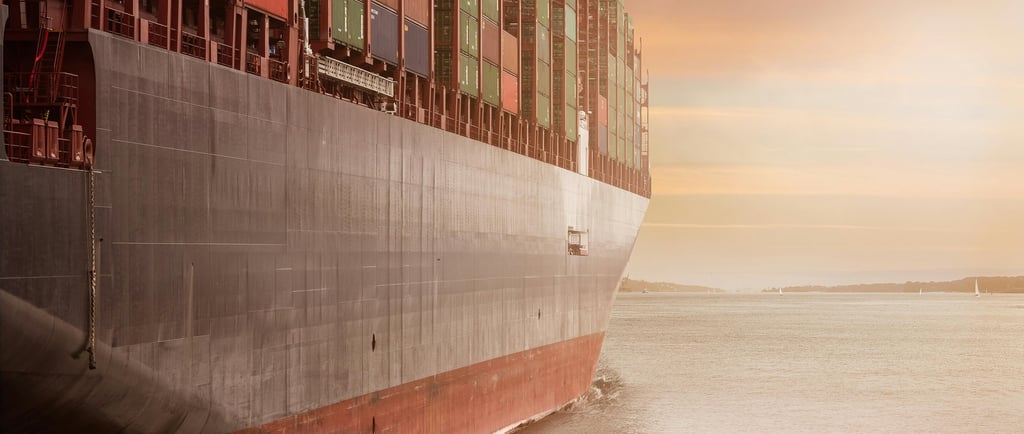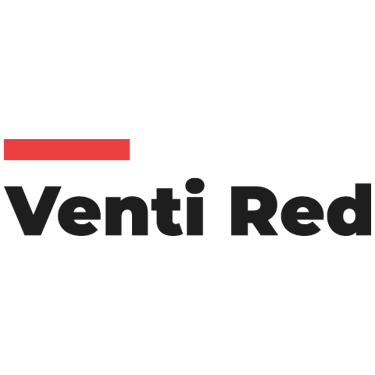Navigating Market Expansion: Saudi Exports, UAE Flex Capacity & European LNG Deals
This week’s Middle East energy headlines capture key strategic shifts: Saudi Arabia’s export surge, UAE production flexibility, and ADNOC’s LNG deal with Germany are shaping a new global energy blueprint.
OIL & ENERGYMARKET EXPANSION STRATEGY
Venti Red FZ-LLC
7/14/20252 min read


Saudi’s Export Strategy: Testing the Market
Saudi exports are rising fast—expected to hit 7.5 Mbpd in July—driven by OPEC+ production hikes. Still, slowing demand in China, Japan and South Korea raises concerns about excess supply. The IEA forecasts a 1.4 Mbpd surplus in 2025, raising the stakes for market balance. Saudi's export push highlights a calculated risk: if demand lags, price resilience may falter.
In this environment, Saudi’s output gamble may prompt tactical responses—not just from other OPEC members but downstream refineries adjusting purchasing patterns. Setting the bar at 7.5 Mbpd isn’t just production—it’s signal strategy.
UAE's Production Flexibility: A Strategic Lever
The UAE is on track to boost capacity to 5 Mbpd by 2027, with optional scale-up to 6 Mbpd if market ramps up. This isn’t idle ambition—it’s strategic readiness. OPEC+ has already granted higher quotas reflecting the UAE's infrastructural investments. The nation's ability to flex output to global dynamics positions it as a stabiliser in volatile times. Should price turbulence return, UAE capacity becomes a macro lever.
Germany’s LNG Partnership: Diversifying Supply Through ADNOC
Germany’s SEFE agreement with UAE’s ADNOC locks in 700,000 tonnes of LNG annually starting mid‑2025—about $400 million for three years. In the post‑Russia Europe, securing flexible LNG sources from Gulf producers gains strategic importance. ADNOC, in response, amplifies its global supplier profile. This deal offers Europe both energy and trade continuity.
This partnership marks a shift: LNG is no longer a secondary fuel but a foundational pillar in regional energy partnerships.
Strategic Insights for Stakeholders
Output vs. Demand: Saudi’s export boost meets global appetite—only to test whether demand follows.
Scale & Stability: UAE’s flexible capacity underpins regional reliability, acting as an OPEC+ shock absorber.
Energy Diplomacy: LNG agreements like ADNOC‑Germany showcase how energy deals now carry geopolitical weight and resilience value.
Key Insight
Middle East energy strategy today is defined by scale matched with adaptability. Whether through boosting exports, enabling flexible output, or securing diversified LNG partnerships—regional players are positioning ahead of future volatility and transition.
For organisations planning expansion, the new mandate is clear: combine capacity, market insight, and supply diversification to stay competitive in an evolving energy ecosystem.
Consultancy
Making New Market wins look easy
Experience
Strategy
sales@ventired.com
+971-4-281-0997
© 2025. All rights reserved.
